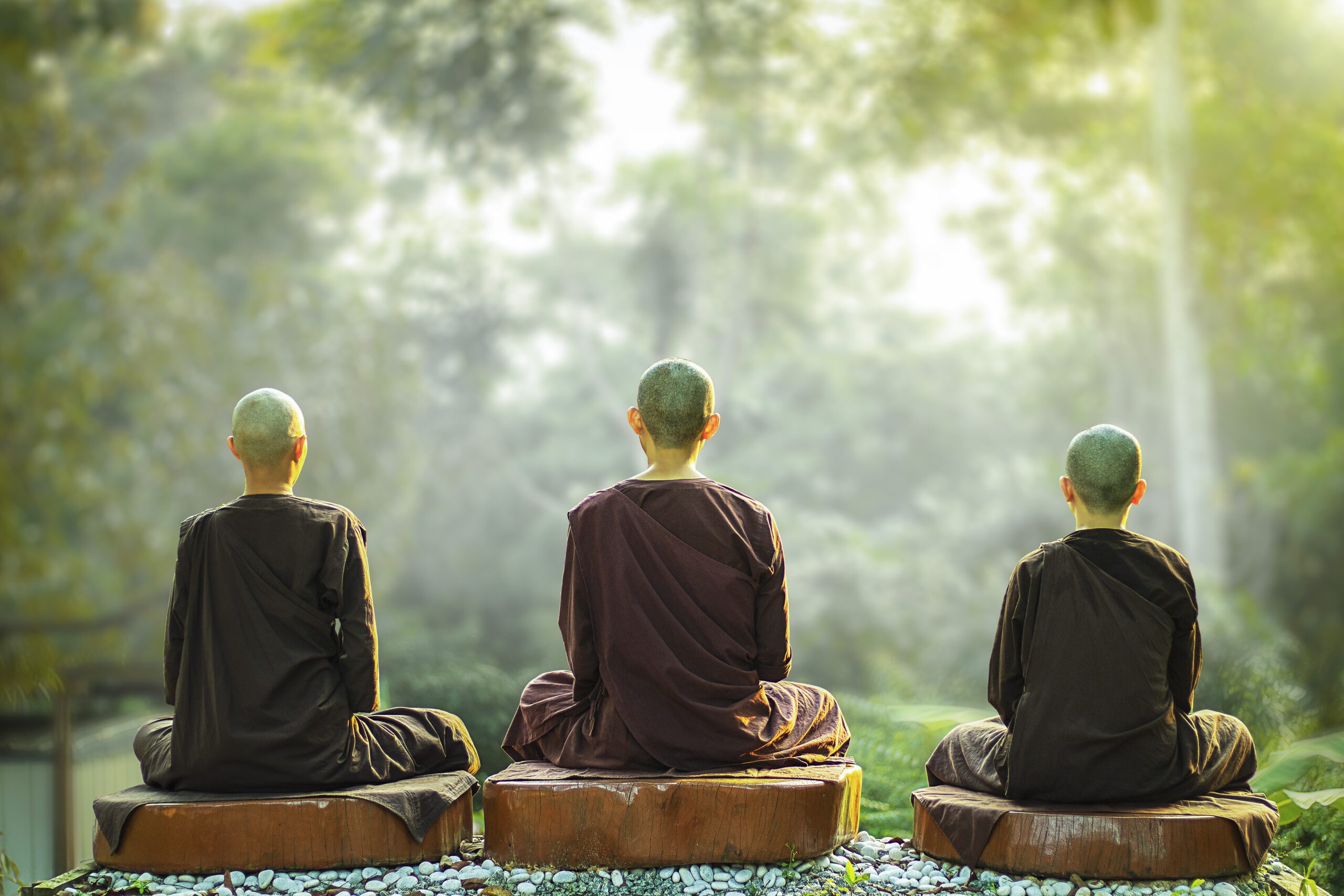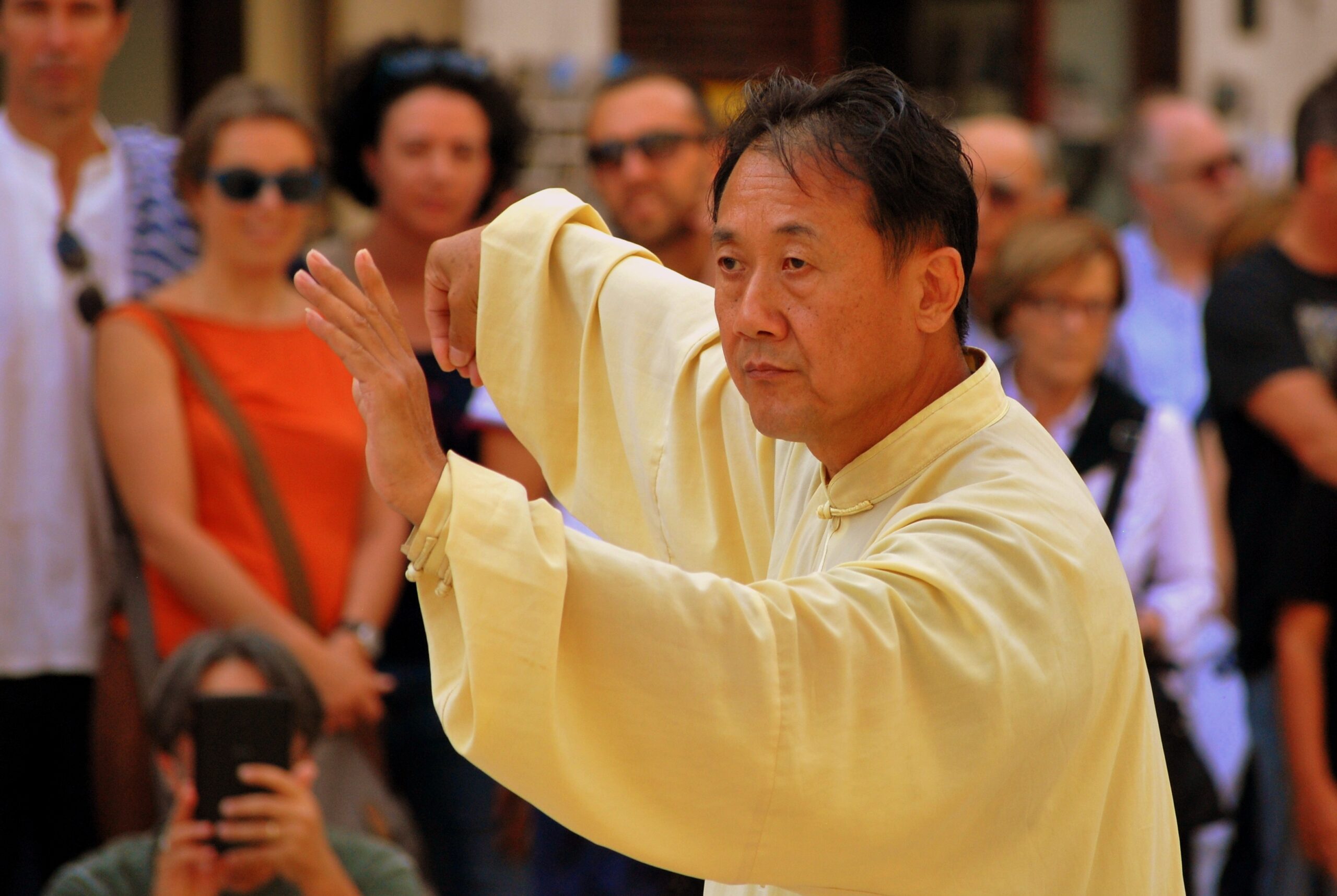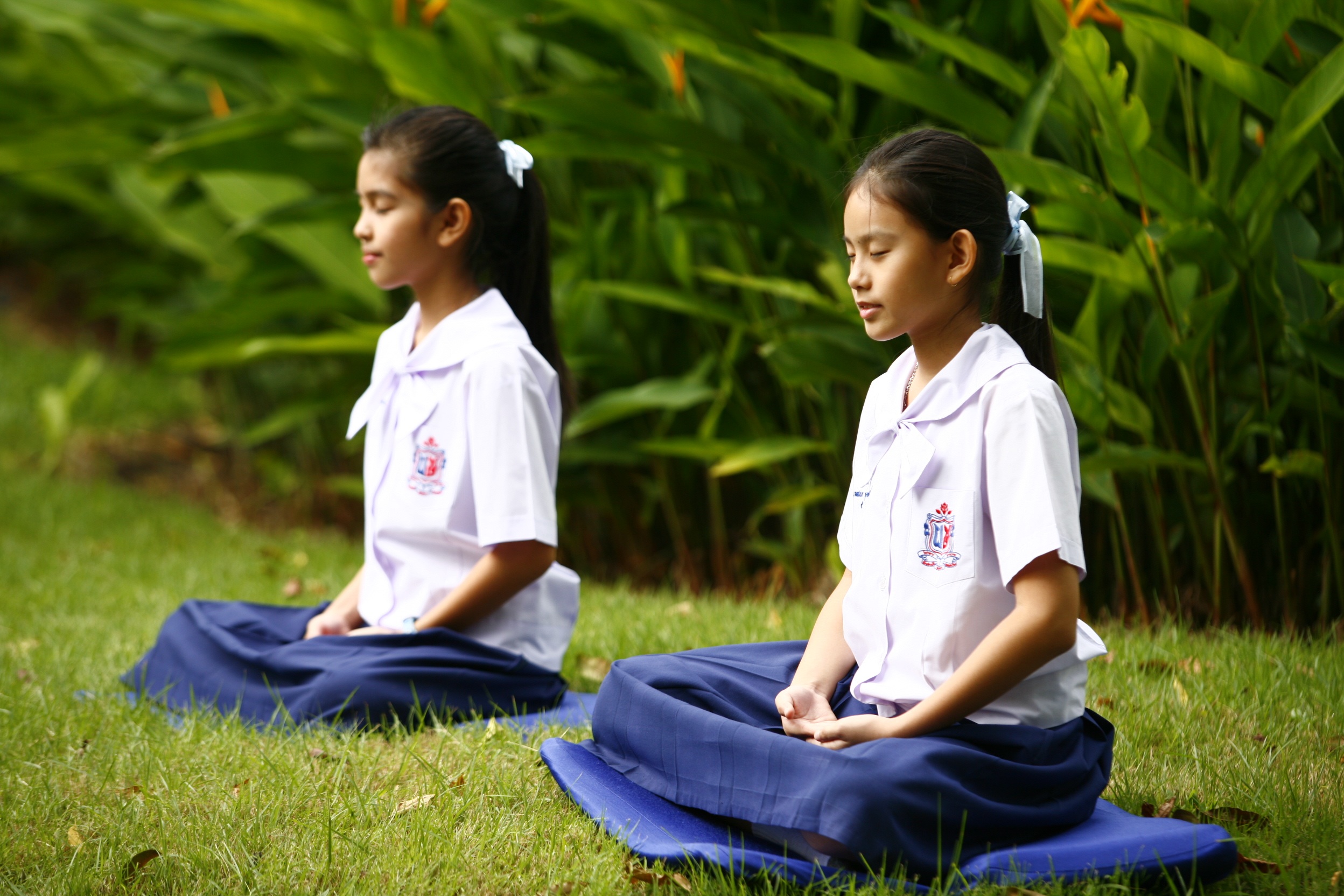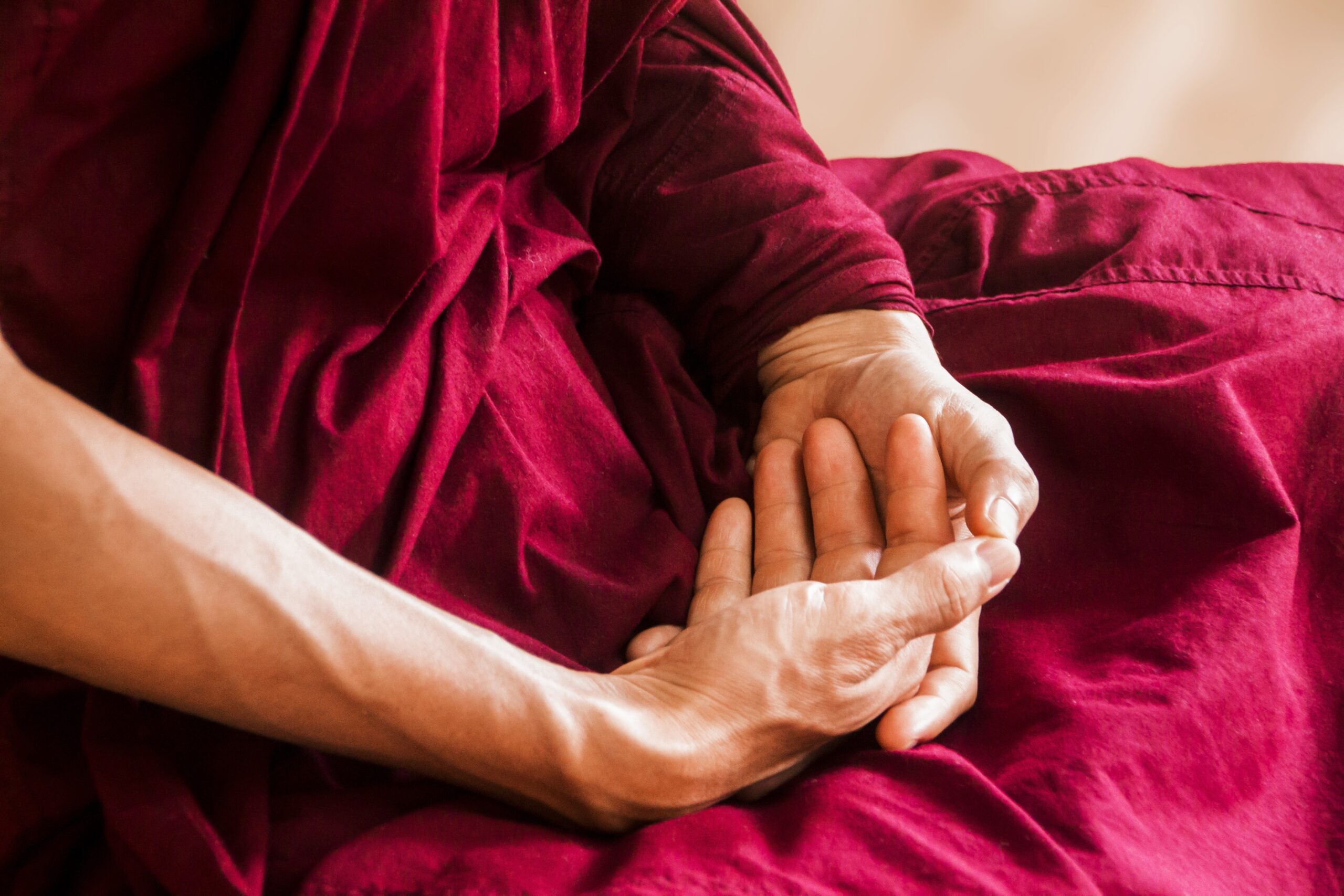Several Millennia of Qigong History
History has witnessed four major periods of qigong evolution:
- Shamanistic Qigong, dating before 206 B.C.;
- Religious Qigong
from 206 B.C. to 502 A.D.; - Qigong Martial Arts from 502 -1911 (The Yi Jin Jing & the Spread of Neigong and Qigong Martial Arts After Bodhidharma);
- Medical Qigong Research and Qigong for Health, from 1911 to the present.
China has spawned at least four or five millennia of qigong (a.k.a. chi kung) evolution.
However, considering most of my readers might not be as interested in the details of qigong’s origins as I am, I have chosen to include only a brief summary of how qigong has evolved from centuries past.
To know more of its origins, (legendary martial artists and other famous personages who have helped make qigong what it is now, archaeological findings of relics and manuals, and events of each period that have helped shape how qigong has evolved), click on the individual sections of the outline above to read more detailed explanations of each of the four major periods.
________________________________________
Briefly, shamanistic qigong is shrouded in ancient history and legendary folklore. What little we know of this period is that qigong evolved from shamanic dances that tribal members practiced to counteract the effects of the cold and damp climate.
These dances imitated the natural movements of wild animals and eventually led to the creation of gymnastic exercises known as daoyin.
Over time, people’s understanding of chi energy circulation deepened.
Theories and principles of healing in qigong included the practice of breathing techniques, (see Abdominal Breathing and Other Breathing Techniques), mental concentration, self-massage, acupuncture, as well as gymnastic movements and meditation.
The second major development was mostly one of Taoist and Buddhist origins. Buddhism was introduced from India, along with ancient yogic practices that had developed in India for thousands of years.
These, as well as Tibetan practices and Taoist internal alchemy, contributed to the further development of qigong, resulting in more efficient practices.
By 527 A.D. Buddhism was on the wane. China soon witnessed another dramatic change in qigong history: Bodhidharma, a Buddhist priest from India eventually made his way to Shaolin Temple, where he produced his two famous classics Yi Jin Jing (Muscle Development Classic) and Xi Sui Jing (Tendon Washing Classic).
Of the two classics, only Yi Jin Jing survived, but it led to the birth of Shaolin martial arts and a host of other neigong or internal martial arts.
After Bodhidharma’s death, qigong martial arts continued to develop, resulting in popular forms that are still practiced today, including Tai Chi Chuan (also written phonetically as Taijiquan), Ba Duan Jin (Eight Pieces of Brocade), Hsing Yi Chuan (also phonetically spelled Xing Yi Quan), and Pa Kua Chang (or Ba Gua Zhang).
After the fall of the Ch’ing Dynasty and with the emergence of the Communist regime, qigong practitioners were hesitant to reveal themselves under government scrutiny, especially since anything that smacked remotely of religion was politically taboo. Qigong development came to a brief standstill.
However, shortly after the Cultural Revolution, China saw the wisdom of promoting qigong for health. It turned out to be an economically sound decision, and soon, a new era of qigong research began that has put qigong in the limelight as it has never been before.
History has seen many changes in qigong evolution, but by far, is the recent status of qigong. Qigong is now available to the public world-wide. In a short span of just half a century, qigong has rapidly evolved from an age-old secret shared between master and disciple, into a world-wide phenomenon researched, taught and practiced in almost every part of the world.
and to make tai chi qigong accessible to all those who need it.
If you find any broken links or other errors, I would greatly
appreciate hearing from you. Please help me to make this website
as user-friendly and as informative as possible.




